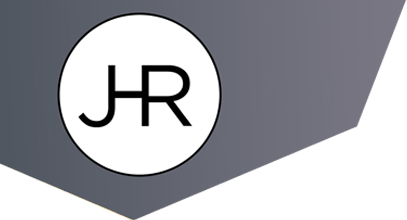In the realm of patents, inventors often grapple with the question: “How can I protect my invention quickly without committing to a full patent application?” The answer: the provisional patent.
This tool offers inventors a way to establish an early filing date, providing them with a temporary placeholder while they refine their invention or determine its market viability.
Benefits of a Provisional Patent
- Quick and Relatively Inexpensive: Unlike non-provisional patents, provisional patents have a streamlined application process. This not only saves time but also significantly reduces initial costs.
- Early Filing Date: Once a provisional patent is filed, inventors can secure an early patent filing date. This is crucial in the patent world where the “first to file” often holds sway.
- Flexibility: Inventors get a one-year period to decide whether they want to proceed with a non-provisional patent application. This time can be used to test the market, seek investors, or further develop the invention.
- “Patent Pending” Status: Upon filing, inventors can label their invention as “patent pending.” This status can deter competitors and add a layer of perceived value and seriousness to the invention.
Limitations of a Provisional Patent
- Temporary Protection: Provisional patents are not “actual” patents. They offer an earlier filing date from which to receive protection for one year, after which they expire if not converted to a non-provisional patent.
- No Automatic Conversion: Filing a provisional patent doesn’t automatically grant you a non-provisional patent. A separate application must be filed to convert the provisional application. If you do not file a non-provisional within the twelve months, whatever you told others or disclosed is unprotected.
- Incomplete Applications: Some inventors, lured by the simplicity of the provisional patent process, may submit incomplete or vague applications. This can jeopardize the robustness of protection and potentially make the subsequent non-provisional application process more challenging.
- False Sense of Security: As noted above, a provisional protects the earlier date of an invention, but until you go through the full steps of obtaining a registered patent, you do not have any rights that can be enforced.
Strategic Use of Provisional Patents
When weighing the pros and cons of filing for a provisional patent, also keep in mind how this tool can be used in a number of strategic ways such as:
- Giving Space for Market Testing: Use the one-year period to introduce the invention to the market. Gauge consumer interest and potential profitability before investing in a full patent.
- Seeking Investments: With the “patent pending” status, inventors might find it easier to attract potential investors or licensees.
- Refining the Invention: The year-long window offers inventors time to refine and perfect their inventions, ensuring that the eventual non-provisional patent application is as strong as possible.
- Positioning in the Competitive Landscape: By securing an early filing date, inventors can position themselves favorably in a competitive landscape, ensuring they have a head start against potential competitors.
Here at our firm, we often look to the provisional patent to help navigate early-stage challenges. However, to harness its full potential, it’s crucial to understand its nuances and use it judiciously. If you’re an inventor seeking guidance on patent matters, we can help you determine the best path forward as you bring your invention to market. To book an appointment with us, simply click here to schedule an Initial Discovery Session online or call us at (888) 666-0062.
DISCLAIMER: The information contained in this article is for informational purposes only and is not legal advice or a substitute for obtaining legal advice from an attorney.




